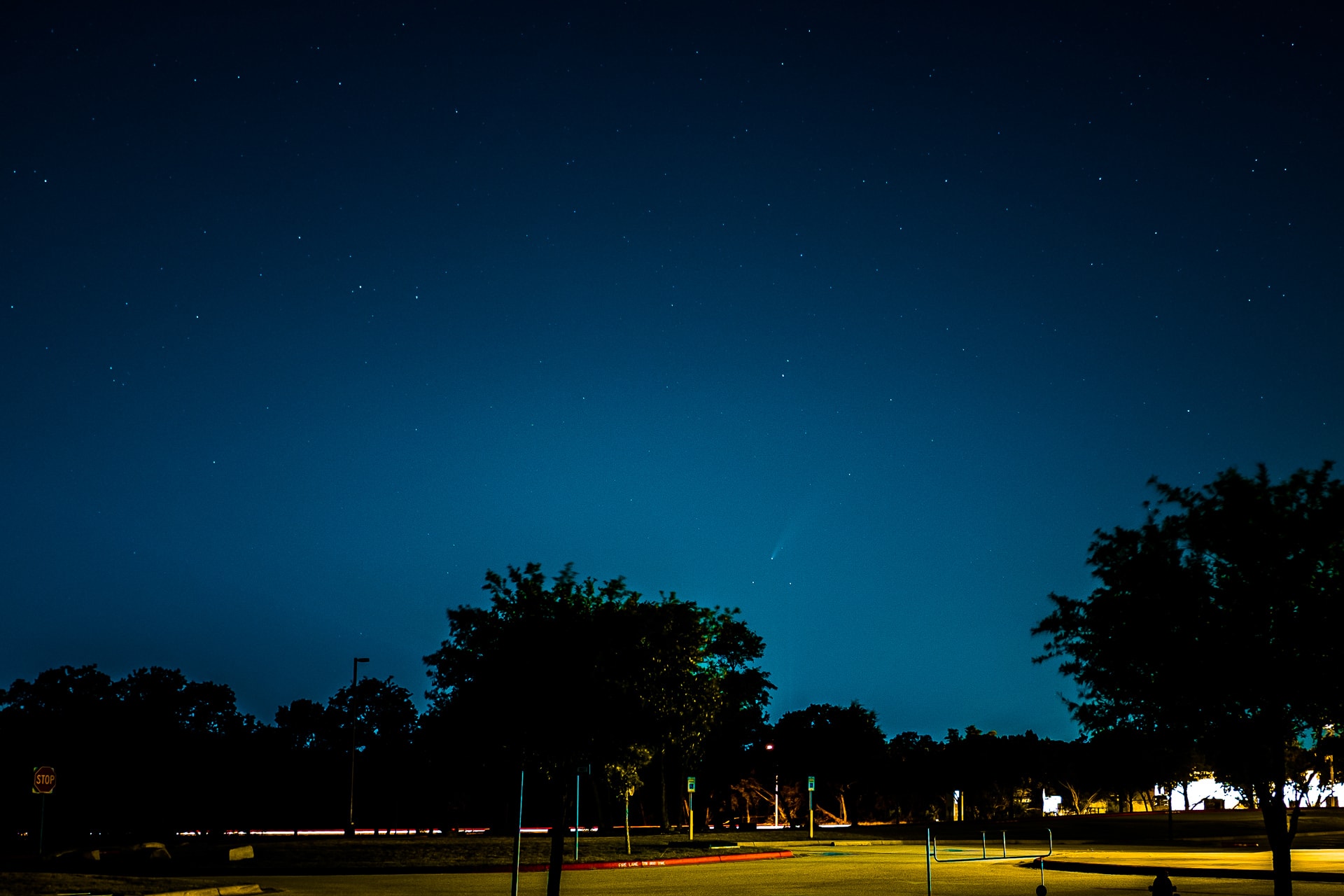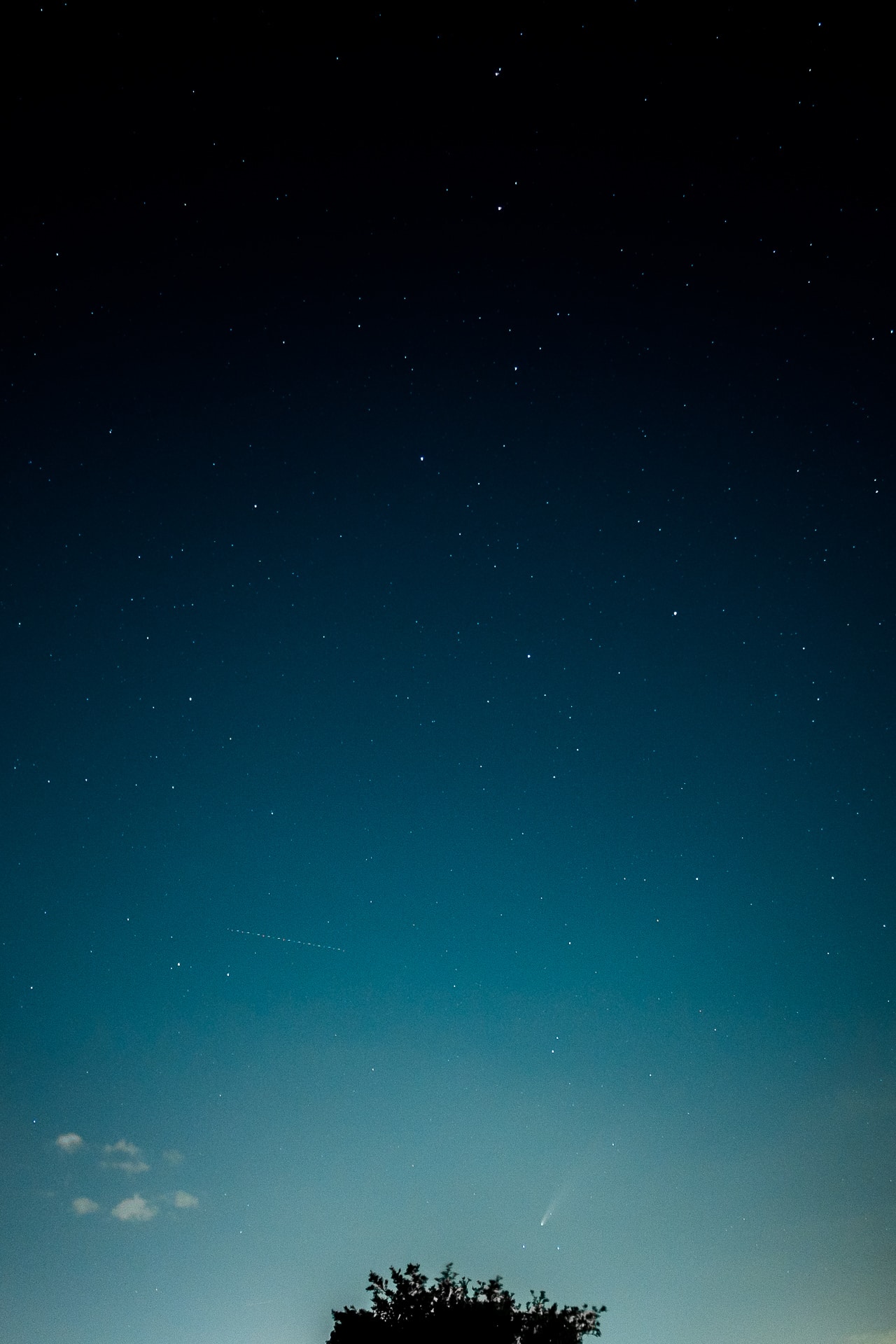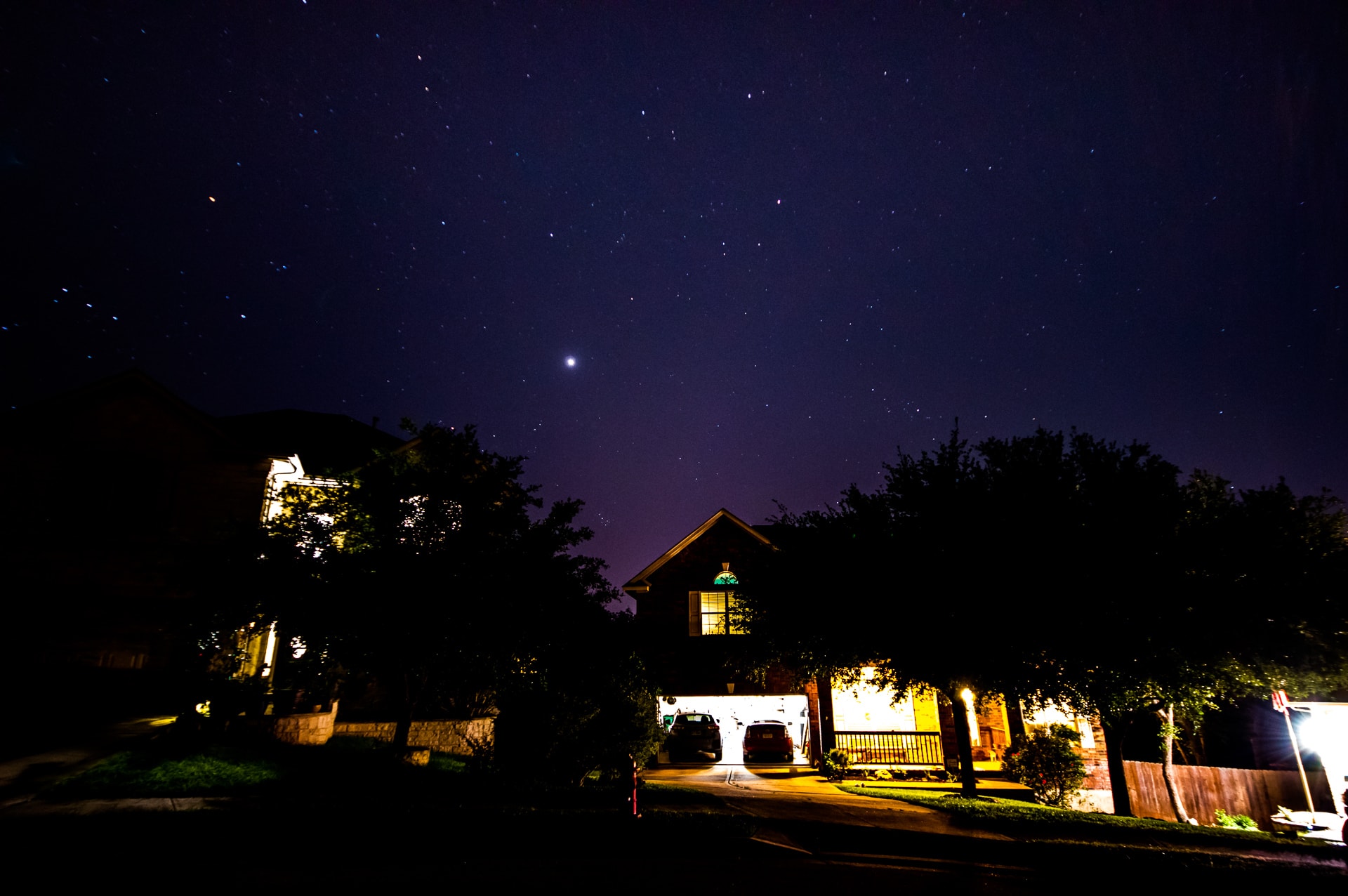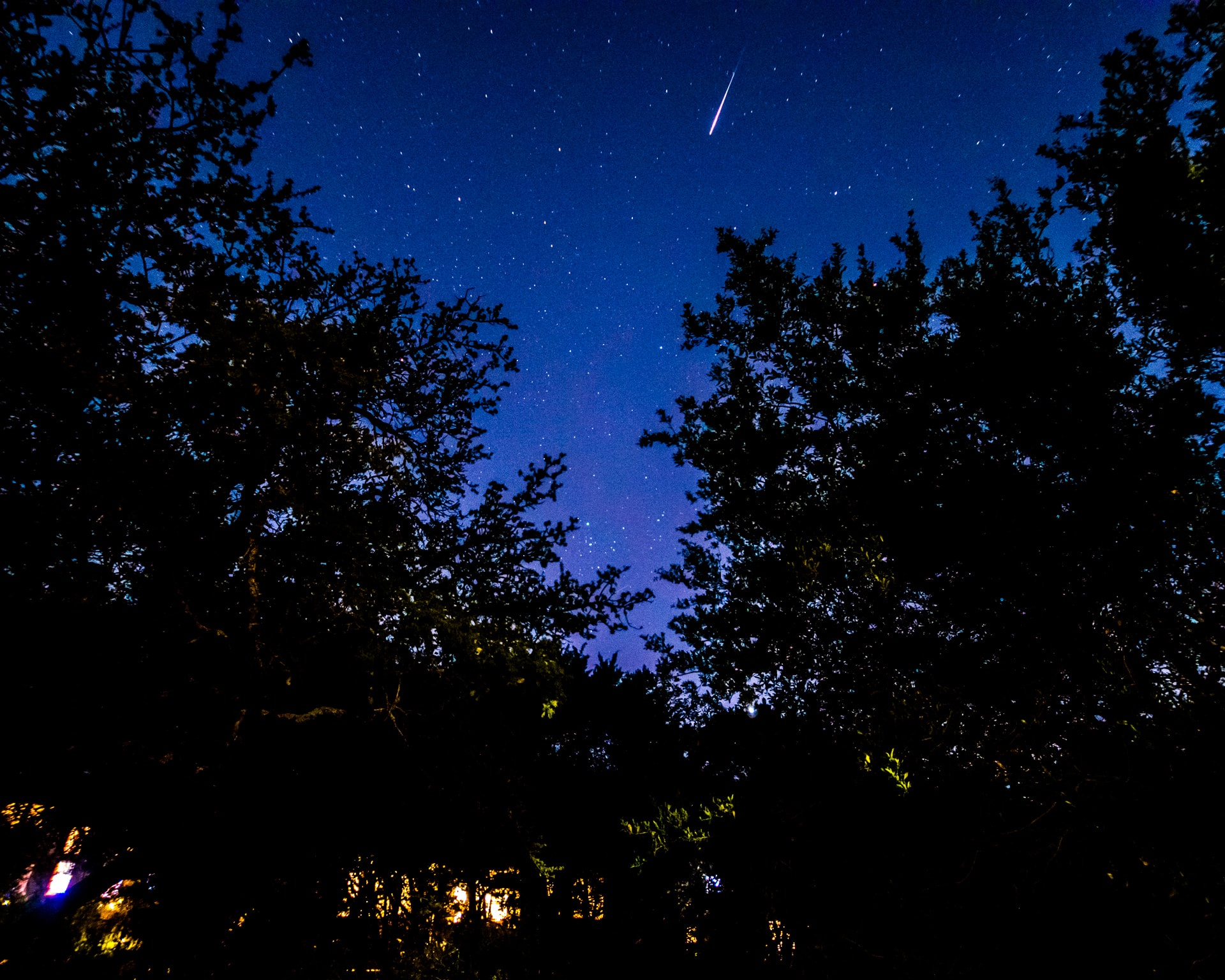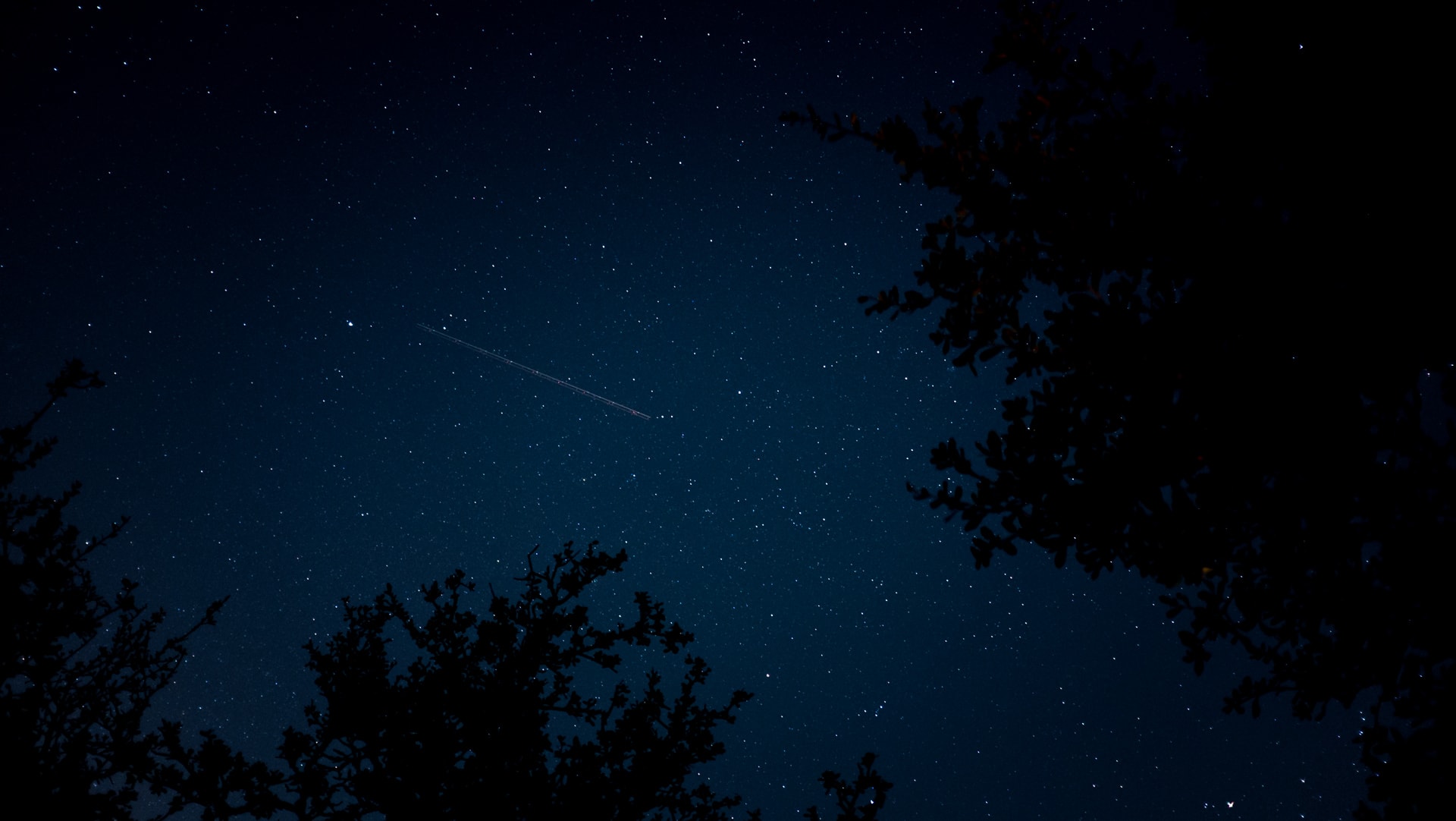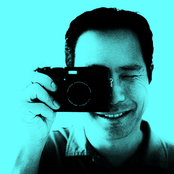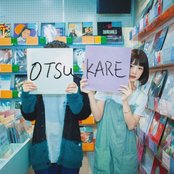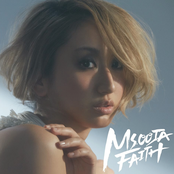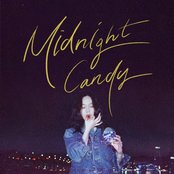
I tried my hand at capturing some of the meteors of this year’s Perseid Meteor Shower by setting up my X100T’s intervalometer and letting it shoot for a few hours, then checking the results for shooting stars. The five-hour span resulted in seven shooting stars, which I combined into the composite photo above. It’s pretty neat how almost all of them originate from the same point, isn’t it? I’m happy with the results, but next year I will keep the camera going all night which will require that I wake up twice in the middle of the night to reset the camera, unless I upgrade to the latest X100, which can shoot all night all by itself. (my current camera has a 999 exposure limit)
Since I had a lot of images, I created a time-lapse video. It’s not optimal for viewing shooting stars, but I think it’s fun to watch anyways. 😀
